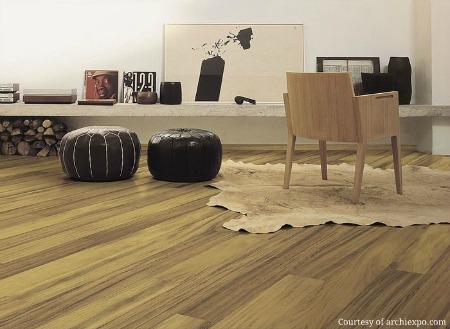
Facts About Engineered Wood Flooring
Engineered wood floors are made from wood layers that are pressed together in a crossed-grain pattern. The top layer can be covered in different thicknesses which range from 0.5-07 mm. This flooring type is more structurally stable than the solid wood floors. Therefore, engineered wood flooring is best suited for use in homes where it may not be advisable to install solid wood.
An engineered wood floor is basically a composite wood hence can be installed in all rooms except bathrooms. It can withstand low levels of dampness making it very suitable for kitchen flooring, and it can also tolerate under floor heating. This floor will less likely shrink, warp, or bend due its manufacturing process.
Engineered wood flooring usually comes in a wide variety of designs and species such as pine, cherry, Merbau, bamboo, walnut, maple, beech, white oak and oak. It is an adaptable and versatile product that can enhance the look of any office or home without some limitations associated with solid wood flooring.
Before installation, the flooring should be allowed to acclimatize in its packaging within the room where you plan to install it, for about three days. Engineered flooring can be installed on different kinds of sub-floors. Ensure the underlay is of high quality and fitted with a moisture barrier in order to reduce sound transmission, noise and movement.
Advantages of Engineered Wood Flooring
1. Durable and Forgiving
When solid wood flooring is laid in damp rooms or areas with frequent changes in climate, it tends to shift, warp or swell. When it comes to engineered wood floors, its major benefit lies in the construction. It consists of two sections, the core and the surface. The surface is comprised of real wood, and the core is made up of several layers of plywood allowing the floor to contract and expand, thereby maintaining its appearance and structural stability.
2. Cost Effective
Engineered wood floors may appear to be the same price as their solid counterparts at the initial review of pricing, but when the project is accomplished, you will certainly realize the difference in costs. You will pay about $7-$10 for high quality solid wood strips, which is much more compared to engineered wood strips.
3. Easy to Install
This is where one can save cash and efforts. Installation of solid wood flooring can be a gigantic task unless you are a qualified and experienced carpenter. Due to this, most homeowners seek the services of contractors to complete the task, and that's where the additional cost comes from. However, this is not the case with engineered wood floors. They usually come with a tongue-and-groove interlocking system with 3 different types of installation; floating, gluing and nailing. The interlocking engineered floor system enables the homeowner to save substantial amounts of money since they can install it themselves.
In conclusion, if you are planning to buy engineered wood floors, be careful when choosing the manufacturers. Not all flooring products are made the same way and the quality may vary. You should compare durability, wood grain, price as well installation methods when selecting the right engineered wood flooring.